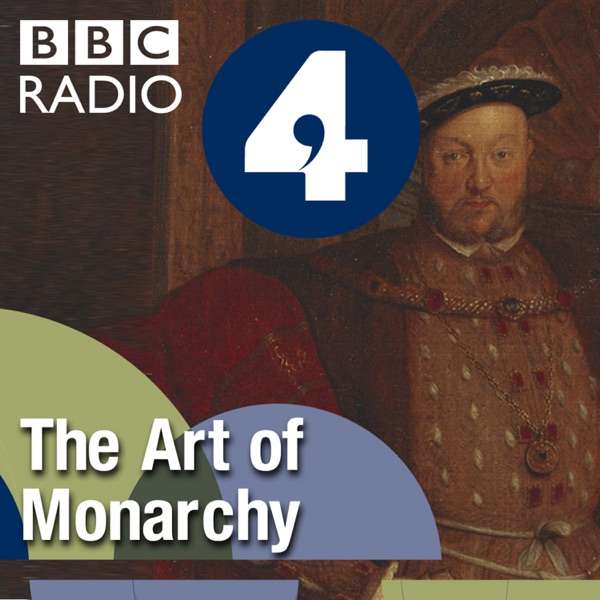In this, our 50th episode, we are in Austin, TX, for the Annual EAST Scientific Meeting where we are joined by Dr. Bryan A. Cotton who shares his expertise and knowledge regarding the use of whole blood (WB) in trauma patients. From the use of whole blood in prior military conflicts to the design and successful implementation of one of the only prospective randomized controlled trials of modified whole blood use in trauma patients, Dr. Cotton provides an incredible overview of the potential benefits of whole blood or as he refers to it - "the dying blood product". Also covered in expert fashion are the role of other hemostatic products and strategies including tranexamic acid, fibrinogen concentrates, and a plasma first resuscitation strategy.
Time Stamps:
01:16 The rationale for whole blood & a 1:1:1 transfusion strategy
04:24 Military experience with WB: What's old is new again!
05:44 Modified WB vs. Component Therapy RCT
06:02 Leukoreduction of WB
07:00 Type-specific WB
09:38 Platelet function in WB vs. aphaeresis platelets
11:58 Warm fresh WB vs. cold stored
12:55 The whole is greater than the sum of its parts
15:02 What do we mean by low-titer WB?
19:14 O+ vs. O- WB & the potential for alloimmunization
24:39 Transfusion reactions & safety of WB in trauma patients
25:40 Prehospital WB for the win
27:32 LITES Network
28:27 Hemorrhage control, 1:1:1, viscoelastic assays, cryoprecipitate & fibrinogen
concentrate
32:00 BAC's thoughts on tranexamic acid (TXA)
34:47 BAC's thoughts on hypertonic saline (HTS) for COVID-19
38:51 Final thoughts & future directions
Recommended Readings:
Cotton BA, Podbielski J, Camp E, Welch T, del Junco D, Bai Y, Hobbs R, Scroggins J, Hartwell B, Kozar RA, Wade CE, Holcomb JB; Early Whole Blood Investigators. A randomized controlled pilot trial of modified whole blood versus component therapy in severely injured patients requiring large volume transfusions. Ann Surg. 2013 Oct;258(4):527-32; discussion 532-3.
Williams J, Merutka N, Meyer D, Bai Y, Prater S, Cabrera R, Holcomb JB, Wade CE, Love JD, Cotton BA. Safety profile and impact of low-titer group O whole blood for emergency use in trauma. J Trauma Acute Care Surg. 2020 Jan;88(1):87-93.
McGinity AC, Zhu CS, Greebon L, Xenakis E, Waltman E, Epley E, Cobb D, Jonas R, Nicholson SE, Eastridge BJ, Stewart RM, Jenkins DH. Prehospital low-titer cold-stored whole blood: Philosophy for ubiquitous utilization of O-positive product for emergency use in hemorrhage due to injury. J Trauma Acute Care Surg. 2018 Jun;84(6S Suppl 1):S115-S119.
Sperry JL, Guyette FX, Brown JB, Yazer MH, Triulzi DJ, Early-Young BJ, Adams PW, Daley BJ, Miller RS, Harbrecht BG, Claridge JA, Phelan HA, Witham WR, Putnam AT, Duane TM, Alarcon LH, Callaway CW, Zuckerbraun BS, Neal MD, Rosengart MR, Forsythe RM, Billiar TR, Yealy DM, Peitzman AB, Zenati MS; PAMPer Study Group. Prehospital Plasma during Air Medical Transport in Trauma Patients at Risk for Hemorrhagic Shock. N Engl J Med. 2018 Jul 26;379(4):315-326. doi: 10.1056/NEJMoa1802345. PMID: 30044935.
Yazer MH, Jackson B, Sperry JL, Alarcon L, Triulzi DJ, Murdock AD. Initial safety and feasibility of cold-stored uncrossmatched whole blood transfusion in civilian trauma patients. J Trauma Acute Care Surg. 2016 Jul;81(1):21-6. doi: 10.1097/TA.0000000000001100. PMID: 27120323.
Websites:
LITES Network
https://www.litesnetwork.org
Southwest Texas Regional Advisory Council
https://www.strac.org/blood
Support the show

 Our TOPPODCAST Picks
Our TOPPODCAST Picks  Stay Connected
Stay Connected







